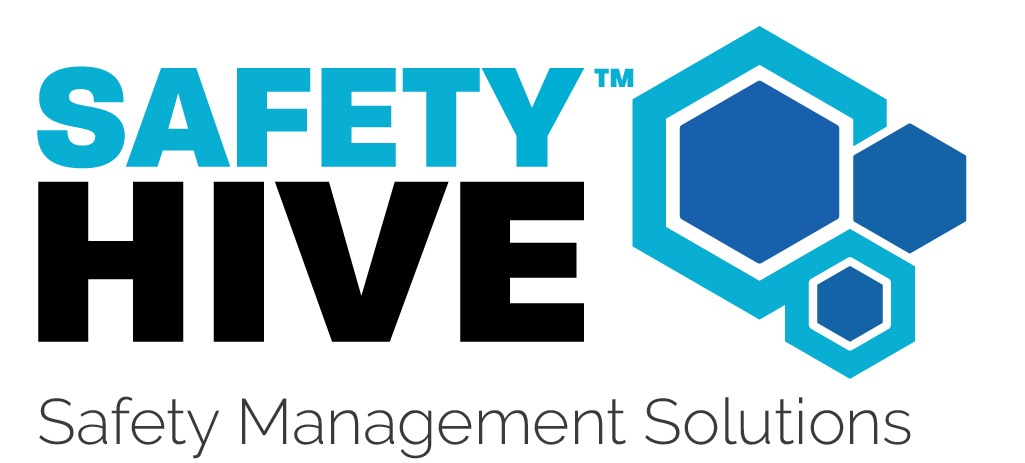Staggering statistics regarding workplace injuries and deaths never cease to astonish me. On one hand, I might think, “People are just being stupid,” like those people at the zoo who think they should jump into a lion habitat to take a selfie. But on the other hand, there might be more to these statistics than just dumb people doing dumb things. Maybe the equipment isn’t kept up the correct way, and accidents are happening even though people are following all the safety protocols. Maybe people aren’t being informed of the dangers that relate to their jobs, but what I think it really boils down to is that, for many companies, safety procedures are still operating in the stone age. I mean, let’s be real, lists stapled to bulletin boards are just not an effective way of tracking the complicated world of workplace safety programs.
Regardless of the reason, facilities continue to lack rigor in identifying risks and checking worker training and compliance….WHY??? Do they seriously not care people are dying at a rapid rate or is the task of safety training, inspection and awareness just too daunting of a task, and managers (like any humans) feel too overwhelmed to try to take on this gaping hole in their operations? They want to save lives, but really don’t know how, so they sit, frozen, doing nothing. As a result of many companies’ lack of enthusiasm for safety awareness and protocols, not only are they constantly having to replace deceased or injured employees, but many companies face legal and financial consequences, along with a damaged reputation.
I recently read in a case study, originally posted here, that an elevator technician conducting weekly maintenance on a moving walkway at a Montreal university never returned home from his job. After his arm was caught between the cylinder and the walkway belt, it tore from his body and the worker died. An investigation report, released by the Committee on Standards, Equity, Health and Safety at Work (CNESST), reveals that the university and owner had not visited the mechanical room to identify hazards associated with the maintenance job and didn’t ensure effective controls were in place to safeguard workers performing maintenance on the walkway belt. The owner generally knew that a hazard would be present with this type of maintenance work, but didn’t ensure proper guarding of moving parts or publish a procedure on de-energizing equipment.
What could have been done to prevent such a tragedy? Obviously reading a tragic story like this one or seeing staggering statistics might sober a facilities manager’s mood, but the reality is that safety management and awareness is a huge undertaking, kind of like sitting down at a table and realizing that you have to eat an entire elephant in one sitting. Most managers don’t even know where to start. It takes some serious strategy to figure out how to raise awareness, while at the same time implementing training programs and keeping up with required inspections on so many different pieces of equipment.
A missing checkmark in a comprehensive safety job analysis would have shown that the worker in Montreal wasn’t trained in de-energizing equipment. Improper lighting, no cell reception in the basement, a missing safety guard removed years before and no button to slow or stall the escalator were all hazards that played a role in that accident, but were not proactively identified. All of this could have been prevented if the university safety management would have implemented a lockout program with written procedures or mobile safety management apps to monitor all the things that had gone wrong in that situation.
It’s an elephant to eat, but the road to a strong safety management program is taking one bite at a time.
Elaina J - Safety Pro Buzz staff contributor

